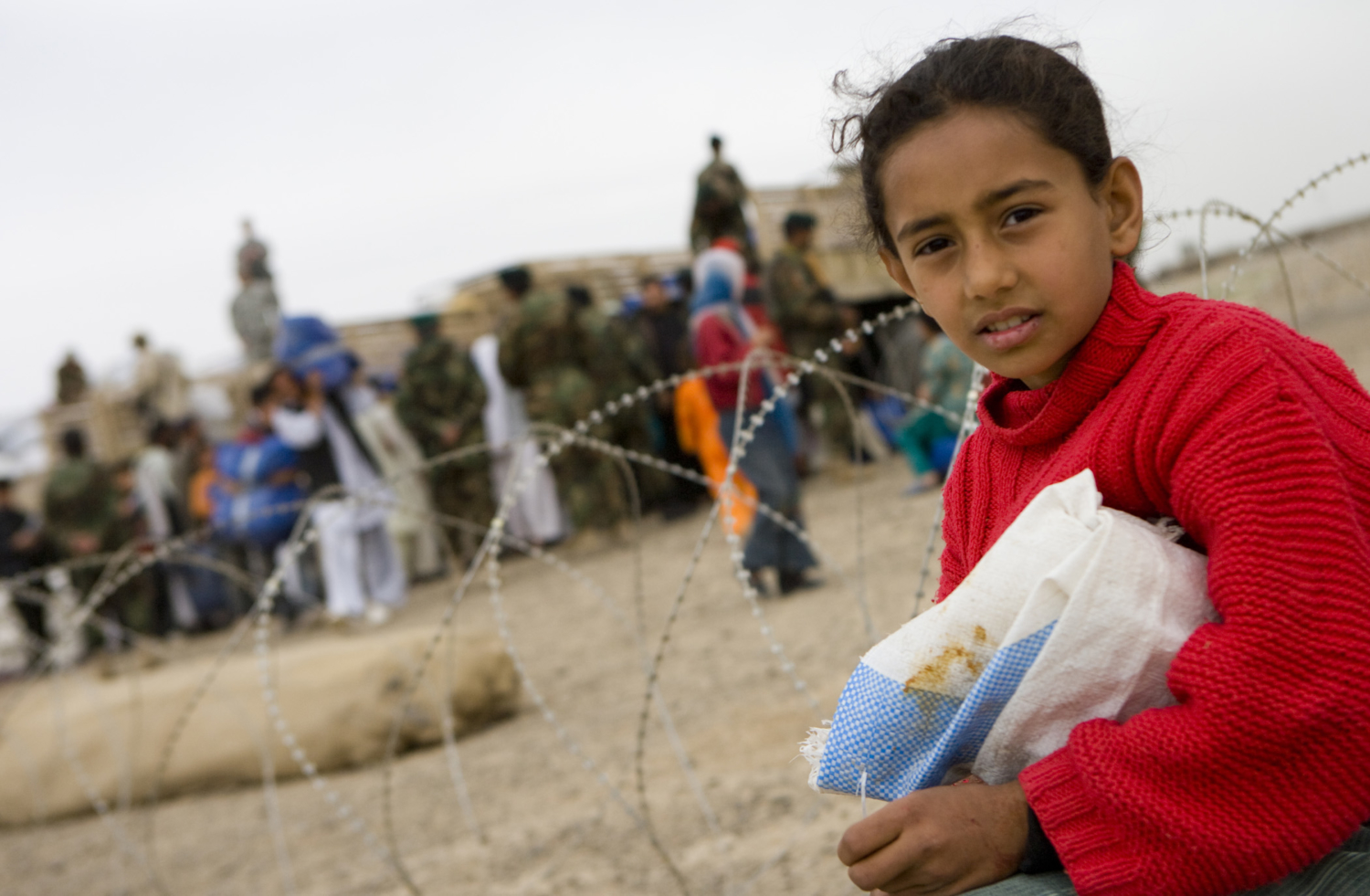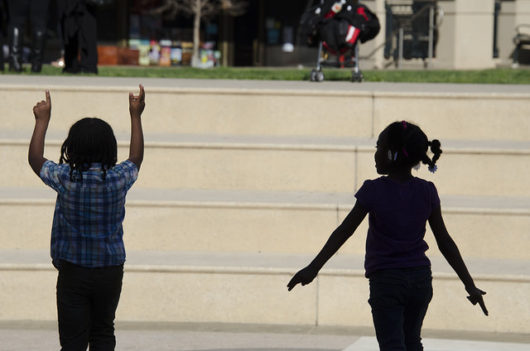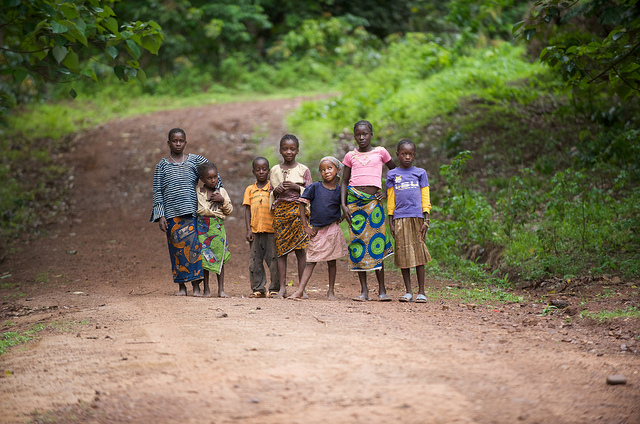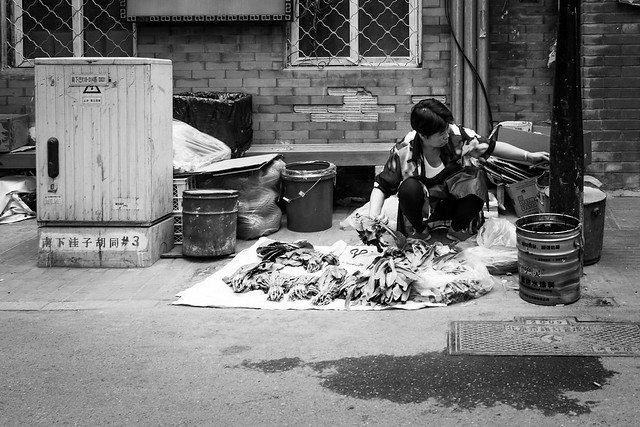 As leaders of the world’s most powerful nation, U.S. presidents are expected to have a broad understanding of global issues. After leaving office, many former presidents continue to make positive changes in the world. Here are five examples of recent U.S. presidents who use their influence and recognizable names to help the international community.
As leaders of the world’s most powerful nation, U.S. presidents are expected to have a broad understanding of global issues. After leaving office, many former presidents continue to make positive changes in the world. Here are five examples of recent U.S. presidents who use their influence and recognizable names to help the international community.
- The Carter Center/Habitat for Humanity: The Carters founded the Carter Center, which has operated in more than 80 countries. It helps resettle refugees throughout Africa, fights the spread of malaria in Haiti and the Dominican Republic and recently launched an initiative to improve China’s presence in Africa.
- Ronald Reagan Foundation and Institute: Ronald Reagan (1981-1989) founded many initiatives in favor of peace and diplomacy. One of these is the Reagan Institute Strategy Group, which believes America is “indispensable to preserving the free, open and peaceful political and economic system that provides the foundation for how countries interact.” The Strategy Group promotes America’s crucial role on the world stage and its ideals of freedom. To that end, it meets with foreign policy and national security leaders like the E.U. in dealing with Ukraine. The Westminster 2.0 Working Group also lobbies for America’s continued role as a global leader. Westminster 2.0 keeps America and its allies working with the latest modern technology and media. It also assists with efforts to give oppressed people in less democratic nations a voice.
- George and Barbara Bush Endowment: Before entering the White House in 1989, George and Barbara Bush lost their 3-year-old daughter Robin to leukemia. Years later, the couple began an endowment to the MD Anderson Cancer Center in Houston, Texas. This endowment continues to this day, even after both of their deaths. The MD Anderson Cancer Center is the largest cancer research center in the U.S. and takes patients from around the world. Recently, MD Anderson started working in lower-income countries, which is necessary as cancer disproportionately affects the poor. It hopes to decrease global cancer through education and prevention and is delivering necessary cancer research to nations in Africa and Latin America.
- Clinton Foundation: The Clinton Foundation, created at the end of Bill Clinton’s presidency in 2001, has become one of the largest presidential organizations. In 2005, the Foundation started the Clinton Global Initiative, which has worked in over 180 countries. In response to the effects of four devastating hurricanes, Bill Clinton devoted particular care to Haiti. The foundation doubled its efforts after the 2010 earthquake. In total, the Clinton Global Initiative has donated around $500 million to Haiti. More recently, the CGI began networking in Puerto Rico and the Caribbean, following the 2017 hurricane season. So far, more than 700 organizations have joined in support. The Network continued its efforts after the COVID-19 pandemic hit.
- Obama Foundation: Despite getting out of the presidential office relatively recently, Barack Obama (2009-2017) has remained a global leader. With the Obama Foundation, work is being done for the next generation of leaders. The Scholars Initiative partners with the University of Chicago and Columbia University to fund global startups. Young minds from all over the globe have taken it to begin solutions to global problems. Michelle started the Girls Opportunity Alliance through the Obama Foundation. It looks to help the 98 million girls not in school get access to high-quality education worldwide. The Alliance provides a network for organizations that work in global female schooling.
What’s Next?
These former U.S. presidents continue to make a positive impact on the international community long after leaving office. Through various initiatives and organizations, they address global challenges and strive to create a better world. From the Carter Center’s work in refugee resettlement and malaria prevention to the Clinton Foundation’s extensive efforts in disaster relief and education, these leaders leverage their influence to bring about positive change. The dedication of these former presidents serves as an inspiration, highlighting the potential for ongoing leadership and advocacy to shape a brighter future on a global scale.
– Josh Sobchak
Photo: Flickr


 As COVID-19 inspires increasing international philanthropy, trends in American and global giving create an opportunity for growth in the philanthropy sector. The Kaiser Family Foundation reported that as of April 21, donor governments and multilateral organizations around the globe were responding to the coronavirus with
As COVID-19 inspires increasing international philanthropy, trends in American and global giving create an opportunity for growth in the philanthropy sector. The Kaiser Family Foundation reported that as of April 21, donor governments and multilateral organizations around the globe were responding to the coronavirus with 


 Bicycles are essential to communities in developing countries. A bicycle provides an advanced mobility that allows for heavier loads, faster trips, less wear and tear on the body and, happily, the chance for recreation. A person’s day will include more accomplishments in less time.
Bicycles are essential to communities in developing countries. A bicycle provides an advanced mobility that allows for heavier loads, faster trips, less wear and tear on the body and, happily, the chance for recreation. A person’s day will include more accomplishments in less time.

